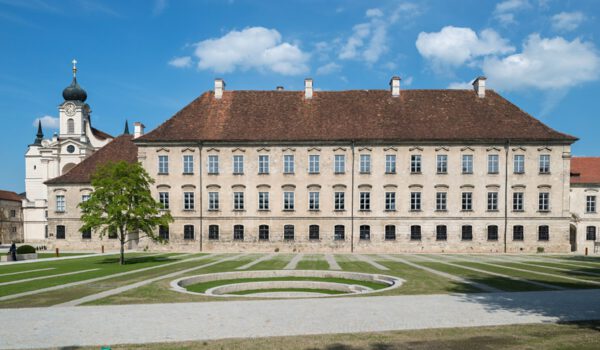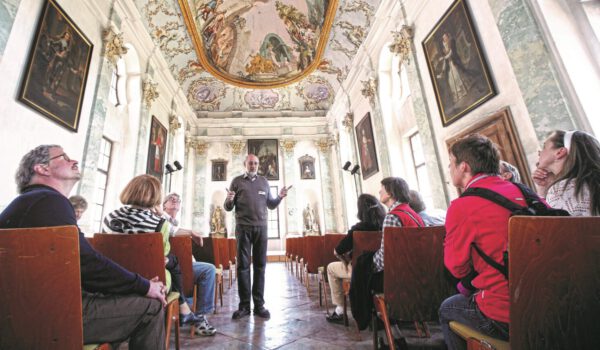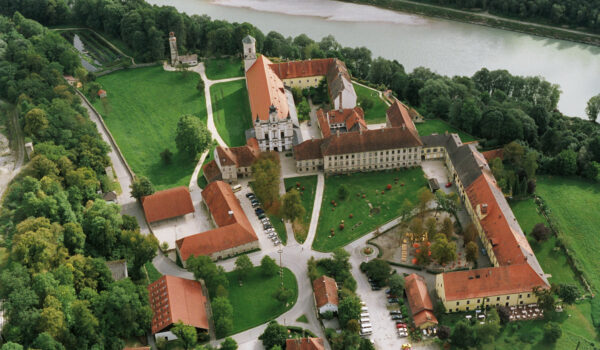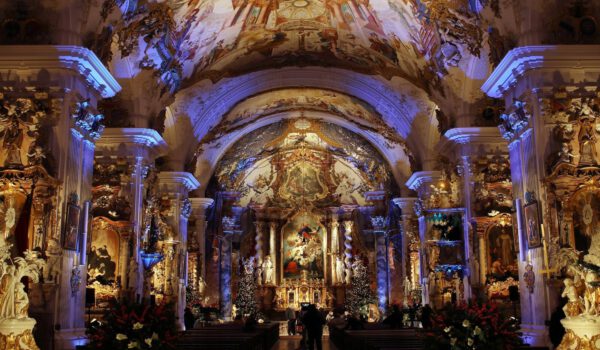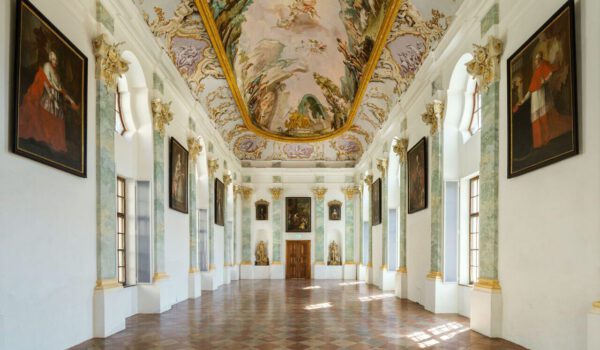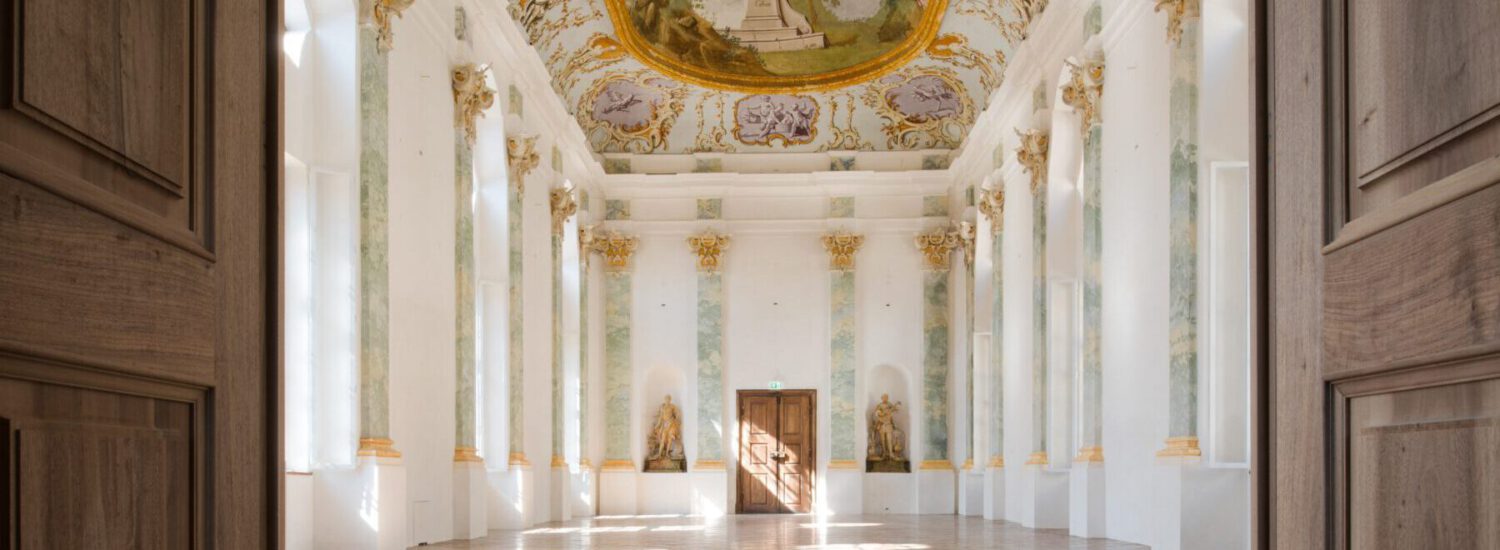
The Raitenhaslach monastery at the gates of Burghausen is a former Cistercian abbey. In 1143/46 the order founded the first Cistercian monastery in Raitenhaslach on old Bavarian soil. Earlier, Count Wolfker de Tegerwac (Wolfker von Wasentegernbach) and his wife Hemma had donated the area for it. The monastery existed until secularization in 1803.
Around this time, a significant part of the buildings in the monastery complex were demolished. Since then, the listed monastery complex has not even included half of the former building stock.
Today, visitors to the complex can see the old monastery with the monastery church of St. George and the water tower from the 16th century, as well as buildings with baroque structures after 1752. In the baroque period, Abbot Emanuel II Mayr completed the prelate's canopy. The ballroom and the economic wing rebuilt.
After a landslide on August 5, 1766, the inner area of the monastery, the cloister area, was rebuilt. The much-vaunted library wing was completed in 1785. However, it was demolished together with other baroque buildings in 1803.
Until the middle of the 13th century, the Raitenhaslach monastery was influenced by Salzburg. It was not until the Wittelsbach dukes became stronger that the preeminence of the Salzburg family was gradually pushed back. In the 15th century, the monastery church of St. George served as a burial place for the ducal family in Burghausen.
The Raitenhaslach monastery still bears witness to the building skills that were possible, especially in the first half of the 18th century. The monastery church was given its present form for the 600th anniversary of the order in 1743 and was converted from a Romanesque pillar basilica into a baroque pillar church. Its rococo furnishings make it one of the most magnificent baroque buildings in southern Germany. In 1806 the abbey church was rededicated to the parish church.
In addition to the baroque buildings, the frescoes of St. George are a special magnet for visitors to the monastery complex. They come from the South German fresco painter Johannes Zick (*1702; + 1762). The colorful main ceiling fresco extends over three bays and depicts the life story of Saint Bernhard.
Interested parties can find more information about the facility at Raitenhaslach Monastery VISIT BURGHAUSEN (visit-burghausen.com) as well as under Home – Raitenhaslach Academy Center (tum.de).
“This monastery complex exudes a very special atmosphere. It is easy to imagine how the Cistercians lived and worked here back then. The monastery takes you back in time in a fascinating way.”
Barbara Müller, tourist from Würzburg
Address
Raitenhaslach Monastery
Raitenhaslach 9
84489 Burghausen


